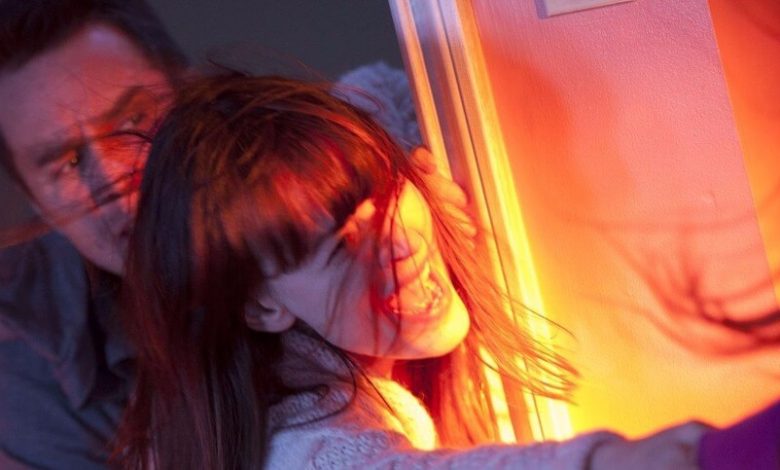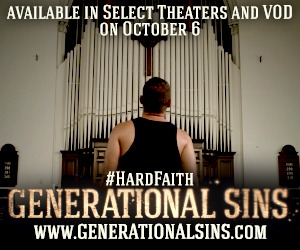Why Horror Movie Remakes Are Doomed to Fail

Movie remakes have a bad reputation. Horror remakes have it much worse.
They’re often dismissed as unoriginal and unnecessary, especially if they’re a remake of classic film. Such was the case with the 2015 remake of 1982’s “Poltergeist,” considered one of the best haunted-house movies ever made.
The original enjoyed the advantages of being directed by Tobe Hopper and co-written by Steven Spielberg. Plus, it boasted a simple but chilling tag-line:
“They’re here.”
The remake was reasonably well-made and acted. It still didn’t add anything new to the story or to the original’s themes.
Both movies revolved around fears of technology and a dysfunctional family banding together to save their most vulnerable member. The 2015 version had the advantage of 3-D technology – hardly a sufficient justification for making a movie.
The 1998 remake of 1960’s “Psycho” probably tops them all for sheer pointlessness. Director Gus Van Sant slavishly copied Alfred Hitchcock’s techniques in a shot-for-shot remake of the original. As such, it was a glorified film school project that was roundly panned. The film “won” two Golden Raspberry Awards for Worst Director and Worst Remake or Sequel.
While reshooting “Psycho” may have enabled Van Sant to analyze Hitchcock’s style and techniques, it didn’t make for an entertaining movie.
Why Horror Movie Remakes Spell Trouble
Horror depends on a combination of effects, cinematography and editing to evoke terror.
When done right, a horror movie can make something as banal as a static TV screen or a person walking towards the camera seem frightening. Horror movies also find fear in the incongruous and the unexpected.
For example, one element that made “Poltergeist” so effective was that the house was a typical cookie-cutter home as opposed to the typical Gothic manse. It looked utterly unthreatening. “Poltergeist” worked at least partly because of that unexpected element.
FAST FACT: The 2010 remake of “A Nightmare on Elm Street” scared up $63 million at the U.S. box office.
Unfortunately, such tricks only work a few times before they become expected. Then, they stop being scary and become horror tropes.
A remake, by definition, is using the same techniques as the original. It’s therefore going to be much less frightening. Surprise and fear are closely linked, and a remake isn’t going to surprise the people who are familiar with the original.
RELATED: Female Horror Fan Breaks Down the Genre’s Sexiest Films
Many horror movie remakes try to compensate for the lack of surprise by increasing the gore or body count. There’s a difference between grossing out the audience and genuinely frightening them.
It’s All About Context
Horror movies are very much products of their time. The monsters, mutants or serial killers are stand-ins for what people fear at the moment.
Zombies, for example, can represent anxiety over a societal breakdown. Since they’re depicted as mindless hordes, they also can mirror unthinking conformity or consumerism Take 1978’s “Dawn of the Dead.” Much of the movie is set in a shopping mall where the protagonists have sought refuge.
The luxuries within the mall tempt them into staying longer than they should. The zombies themselves are drawn to the mall by its goods as much by the human prey within. One character says the zombies seem to remember wanting to be in the mall without knowing why.
RELATED: John Carroll Lynch Defends Our Need for Nightmares
Back when they were living humans, they apparently spent gobs of time in the mall and therefore still have a vestigial consumer drive. The 2004 “Dawn of the Dead” remake ignores both that critique of consumerism and the commentary on humans’ self-destructive impulses.
Instead, it offers a bigger cast to give the zombies more people to kill.
Many horror movies reflect the fears and obsessions of their time. The 1987 thriller “The Stepfather” revolved around a serial killer who was something of a male black widow: He would marry a woman and then eventually kill her and her children when they inevitably “disappointed him.”
The killer was driven by his obsessive need to be the patriarch of the “perfect family,” as defined by the ideals of the 1980s. The 2009 remake still has the killer on his psychotic quest but does nothing to update the story or explain the murderer’s motivations.
Lost in Translation
The problem gets worse when somebody remakes a horror movie originally made in another country. Such movies reflect aspects of those countries’ cultures – and those tend to get lost in an American remake. Consider the various remakes of Asian horror hits.
“A Tale of Two Sisters” (2003), more properly known as “Janghwa, Hongryeon,” was a Korean movie based on a fairy tale. One of the titular girls has just been released from a mental institution into the dubious care of her family who apparently live in a haunted house.
The movie plays with people’s perceptions of reality: are the events in the movie actually happening, or are they the delusions of a mentally ill girl? The 2009 American remake, “The Uninvited,” keeps the violence but ditches the ambiguity and fairy tale aspect. It also concentrates on the stepmother character rather than either of the sisters.
RELATED: These 6 Horror Sequels Killed Their Franchises
Making a truly frightening horror movie requires not just good acting and direction. It also demands an awareness of current fears and zeitgeist plus an element of surprise. No remake, no matter how skillfully made, can have that latter quality without a severe reinterpretation.
Horror movie remakes will therefore always be vastly inferior to the originals.
Zoey Baker is a movie addict with a BFA in Video Production. She is also the co-founder of Streaming Movie List, a website that aims to provide all the questions regarding our favorite movies and TV series.

